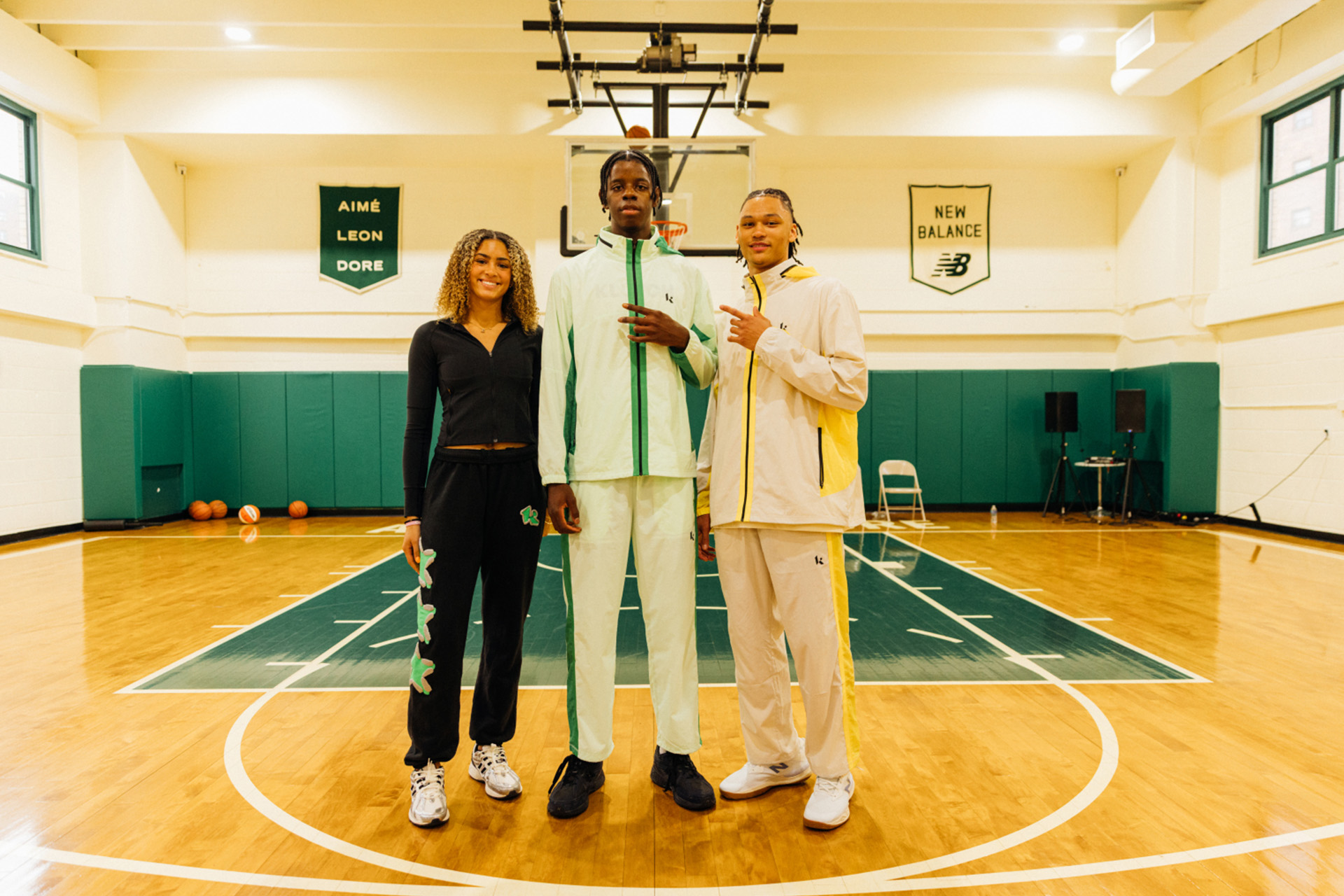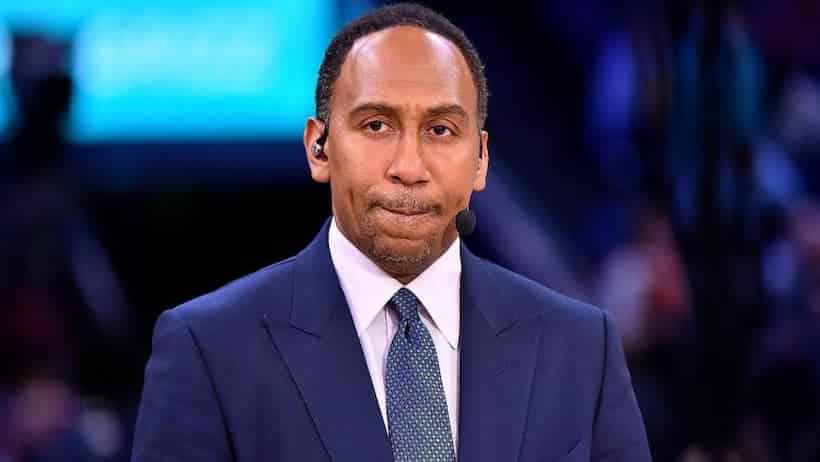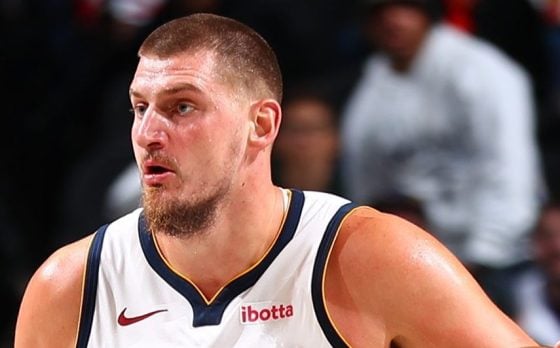In the NBA Finals, Jayson Tatum and Jaylen Brown achieved something remarkable. Over five games against the Dallas Mavericks, the two combined for 184 drives to the basket. This averages to more than 19 drives per game for Tatum and over 17 per game for Brown.
Drive them crazy
To put this into perspective, only four players in the NBA last season averaged more than 17 drives per game: Shai Gilgeous-Alexander (23.5), Ja Morant (21.2), Jalen Brunson (19.5), and Luka Dončić (17.6). Now, we can’t expect Tatum and Brown to drive this often throughout the regular season. However, what if instead of nine or so drives per game, they drove 14 or 15 times? This ability to drive frequently would open up opportunities for both of them, but even more for the rest of the team.
Let’s look at some numbers to better understand how impactful it was:
Their overall usage rate (USG%) didn’t change significantly from the regular season to the NBA Finals. However, Jayson Tatum’s playmaking improved dramatically, as evidenced by his assist percentage (AST%).
Where did this improvement come from? The drives.
Tatum doubled his volume of drives (+111%) from the regular season to the Finals and tripled his number of passes on drives per game (+265%).
Jaylen Brown showed a similar trend. He increased his number of drives, passes on drives, and assists from drives. Their ability to ramp up their driving when it mattered most bodes well for the future.
Why it matters when it matters
For the last two years, I’ve been concerned about the Celtics’ ability to get in the paint. So concerned, in fact, that I traveled from France to Boston to ask head coach Joe Mazzulla about it. Back in February, the Celtics ranked near the bottom of the league in drives per game. Why weren’t they driving more? Maybe because they didn’t need to at that point. But when the stakes were highest, the Celtics’ historic spacing was finally complemented by aggressive drives to the basket.
We first saw glimpses of this hidden strength in the postseason against the Cleveland Cavaliers and Indiana Pacers. Then, against the Dallas Mavericks, when the pressure was at its peak, the Boston Celtics ramped up the aggression even more, averaging more than 54 drives per game.
:no_upscale()/cdn.vox-cdn.com/uploads/chorus_asset/file/25604849/GPtsNJoXUAAaT_K.jpeg)
This strategy unlocked success for the Celtics. With Tatum driving 19.2 times per game and Brown 17.6 times, the Celtics fully capitalized on their spacing. In modern basketball, the goal is to create “paint touches”—getting the ball into the opponent’s paint, where the defense is most vulnerable and forced to make quick decisions. These drives didn’t always result in layups or dunks, but they consistently forced the defense to collapse and recover, generating the best possible shot.
More drives lead to more paint touches, which lead to more opportunities for defensive breakdowns. Joe Mazzulla recognized this and instilled it in his players. During a timeout, Mazzulla reminded his team: “Don’t try to hit a home run on the first drive, or the second, or the third—take the best shot possible.” This circles back to the central idea: you don’t drive to score immediately; you drive to create the best shot.
A play in Game 2 of the Finals perfectly encapsulates this approach. Brown drove into a crowded paint and kicked the ball out to Derrick White, who quickly swung it back to Tatum. As this unfolded, Jrue Holiday relocated to the corner. Tatum then drove again, forcing the already overextended Dallas defense into further disarray. Luka Dončić was late, Kyrie Irving helped on the drive, and Tatum kicked out to a wide-open Holiday in the corner. Two drives in one possession, both leading to passes and ultimately creating the best shot possible.
Can they do it again next year?
It’s unlikely they’ll drive as much as they did during the NBA Finals. However, with Kristaps Porziņģis sidelined for a while, they may need to increase their driving compared to last season. With Porziņģis on the floor, it was easier for the Celtics to attack the rim and generate quality shots. According to PBP Stats, both shot quality and rim frequency improved when the Latvian was on the court. Without him, the Celtics will need to find other ways to generate good looks, and Tatum and Brown will have to take the lead.
I believe they not only can do it next year, but they must. The Celtics will need to continue creating mismatches and easy driving lanes for Tatum and Brown. They must leverage their strength and playmaking growth to generate high-quality shots for themselves and the team. However, now that opponents are aware of the Celtics’ ability to generate drives, how will they adapt? Can Jayson and Jaylen drive at a high volume against any team and every defensive scheme?
This will be a key statistical and strategic indicator to follow next season, and I’ll be here to share my thoughts on it.






